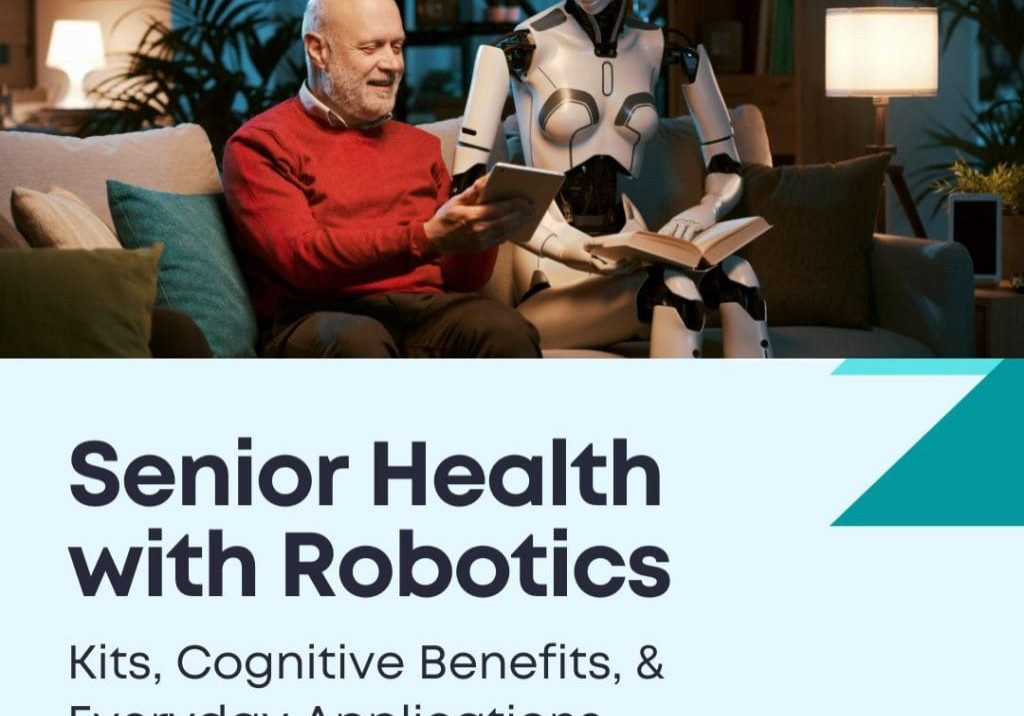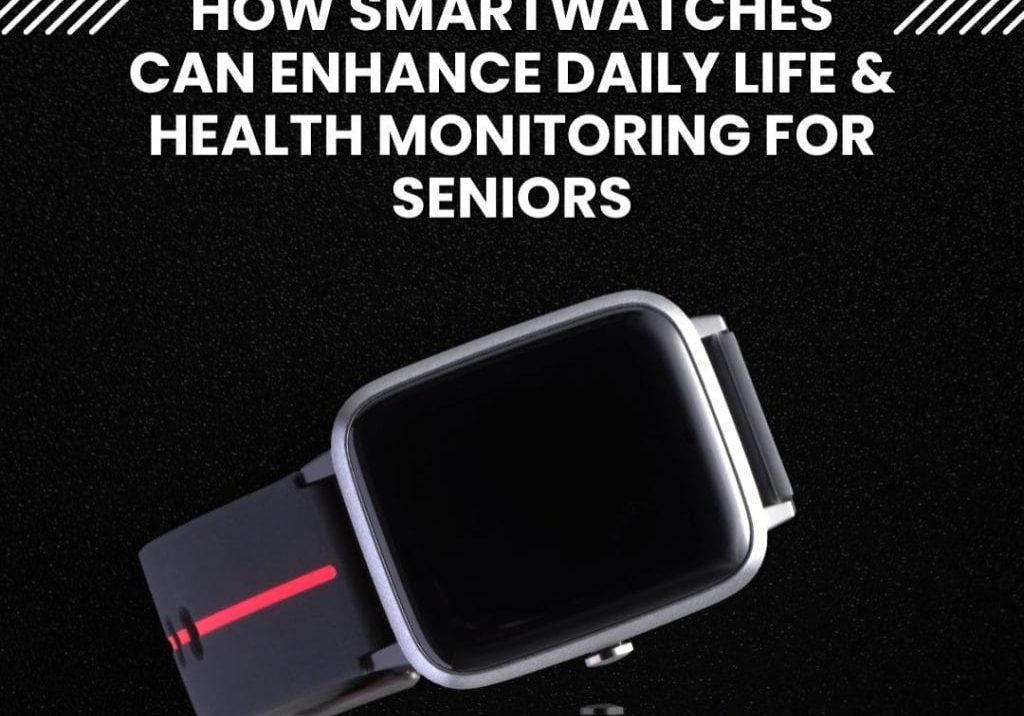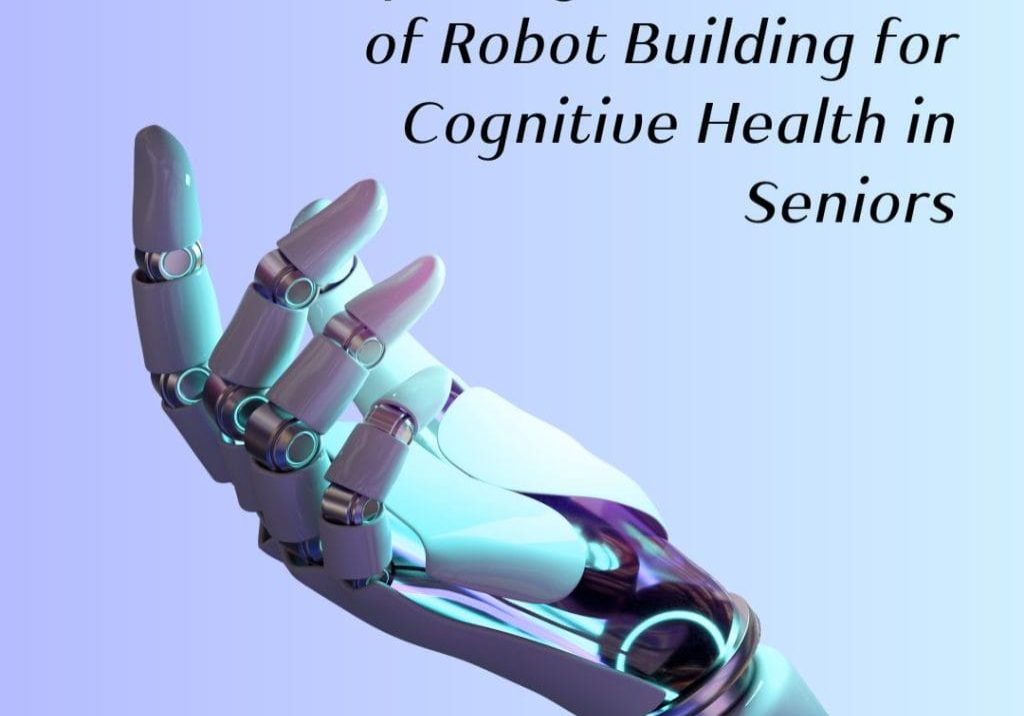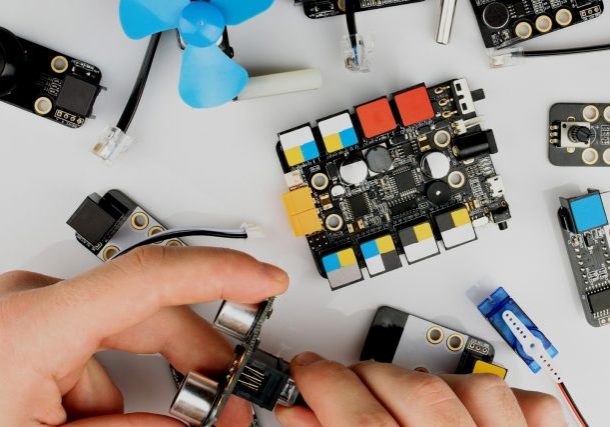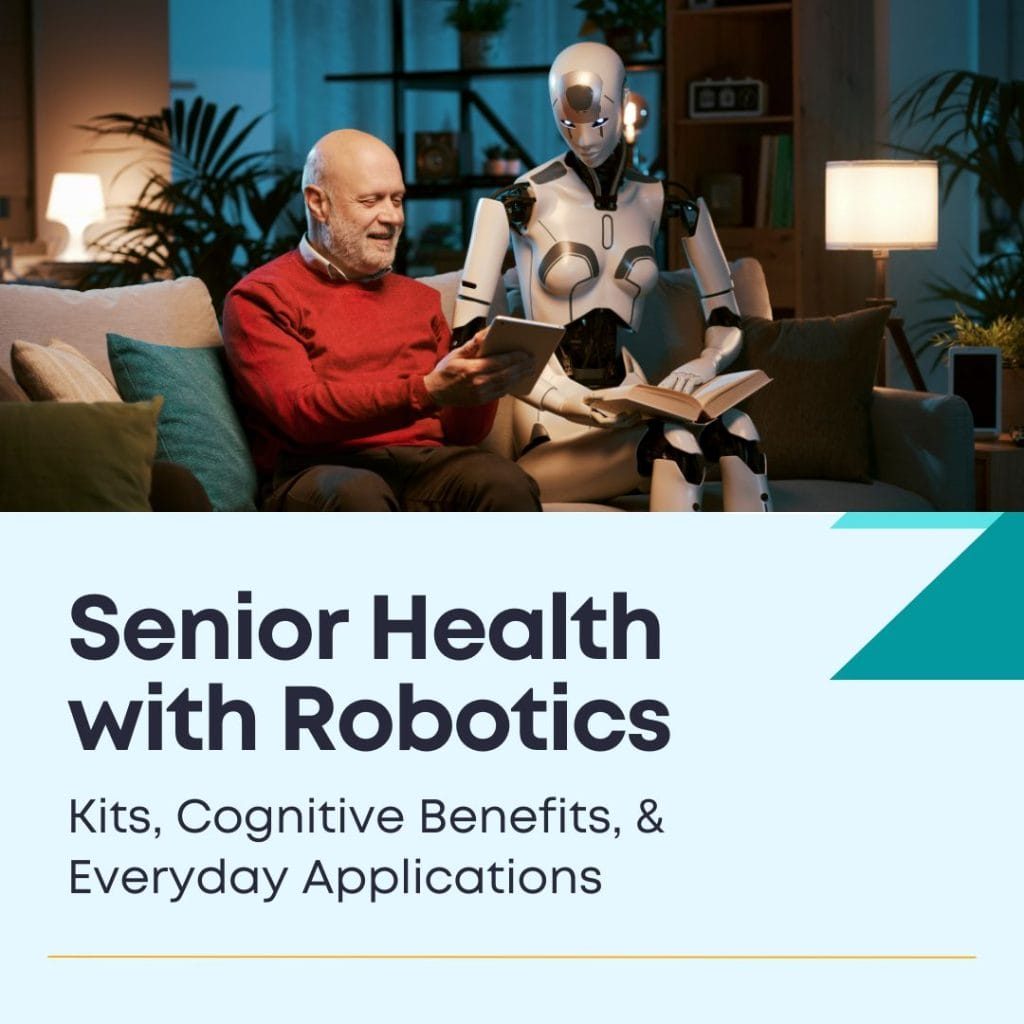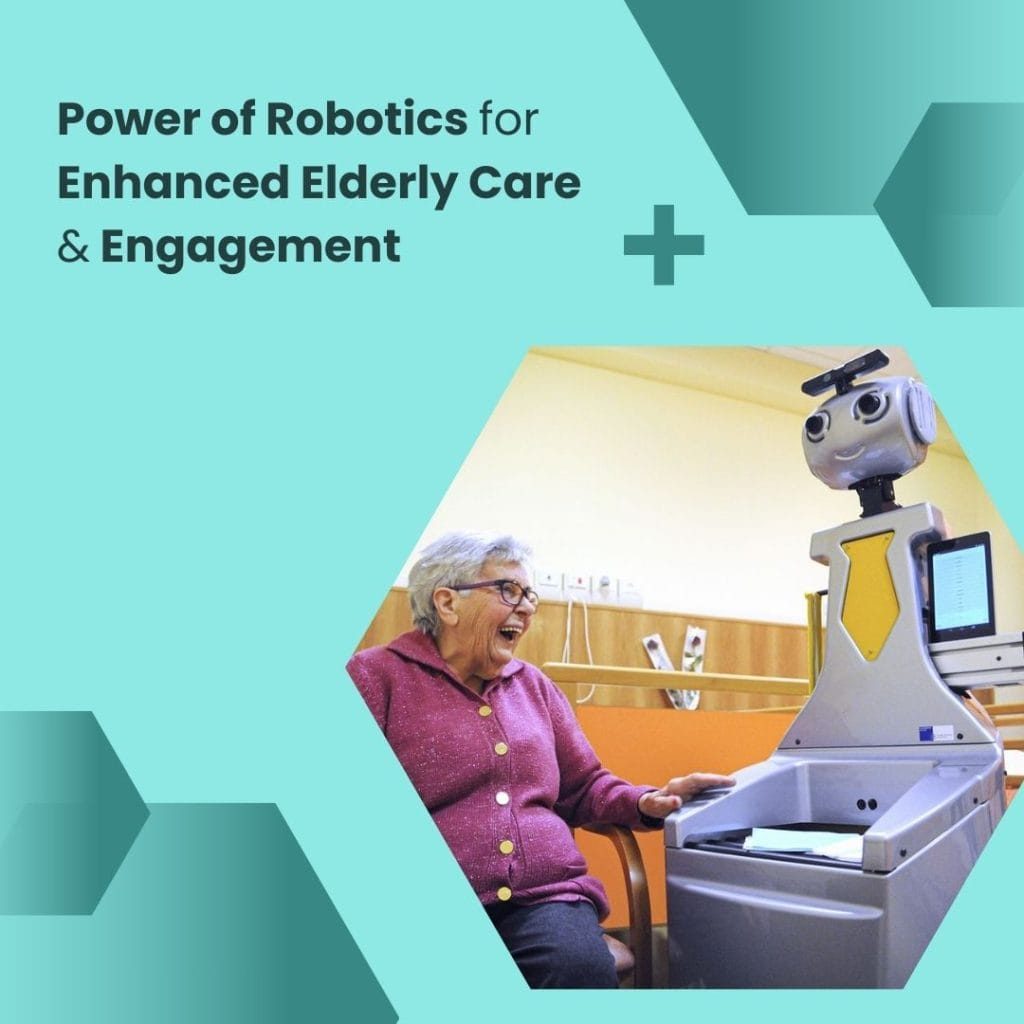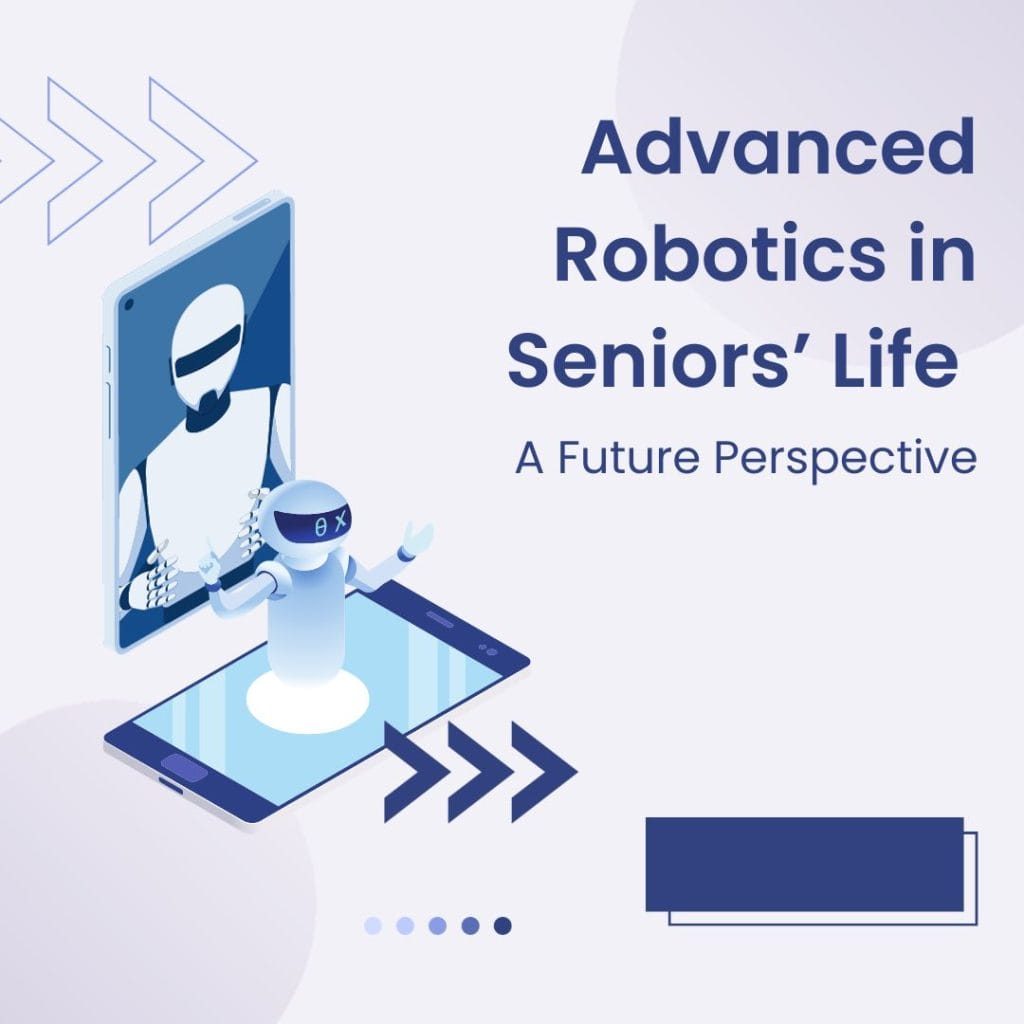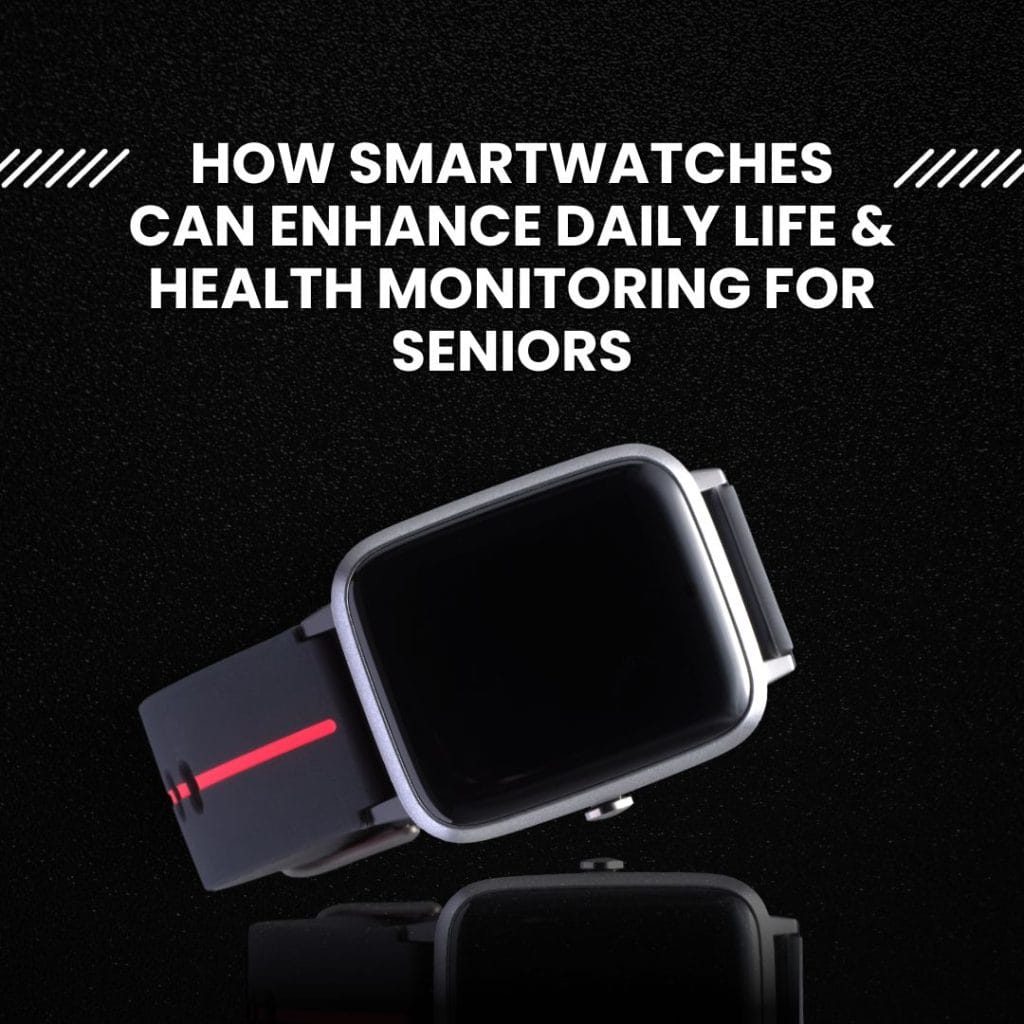The world’s population is currently undergoing a significant shift, with a substantial rise in the number of older adults. As societies age, there is an increasing need to ensure that high-quality care is available for the elderly. However, the demand for caregivers often surpasses the available resources. To tackle this issue, the field of robotics has emerged with promising solutions. Robotics holds immense potential to transform elderly care through health monitoring, companionship, and assistance with daily activities. This article will explore the various applications, benefits, and ethical considerations of using robotics in elderly care.
Benefits of Robotics in Elderly Care
With the continuous evolution of society, the healthcare field is also advancing. One significant recent development is the integration of robotics in elderly care. The combination of human-centric designs and cutting-edge technology is revolutionizing care and support for the elderly population. Robots play an indispensable role in enhancing the quality of life for older people through physical capabilities, artificial intelligence, and machine learning.
The transformative advantages of robotics in elderly care are vast. Robots assist with daily tasks, provide companionship, and improve the well-being and safety of seniors. They redefine how caregiving is approached for older adults, offering benefits such as assistance with daily living activities, healthcare management, and remote monitoring. By exploring these areas, we can understand the profound impact of robotics on the elderly care industry and the lives of thousands of seniors worldwide.
It’s important to note that while robots bring remarkable advancements, they are not intended to replace human caregivers. Instead, they aim to complement their efforts. Robots provide an additional layer of support, allowing human caregivers to focus on more personal and complex aspects of care.
Rather than replacing human caregivers, robots collaborate with them to create a future where older adults can maintain independence, enjoy an improved quality of life, and age gracefully. This is where robotics truly shine.
Enhanced independence
Assisting older adults in maintaining their independence, robotics can aid with a range of tasks. Mobility aids and exoskeletons are examples of robotic devices that can benefit individuals with mobility impairments, enabling them to safely perform routine activities and move around.
Assistance with activities of daily living
Robots have the ability to assist older adults in their daily activities such as preparing meals, bathing, reminding them to take medication, and getting dressed. These robotic helpers can relieve caregivers of some responsibilities, ensuring that older adults receive effective and prompt assistance.
Fall detection and prevention
Falls are undoubtedly a major concern for the elderly population. According to research conducted by the CDC, a quarter of Americans aged 65 and above experience falls each year.
Falls in older adults can have severe consequences, including fractures in the arm, ankle, hip, and wrist. In more severe cases, a fall can result in a head injury, which is particularly dangerous for those taking medications like blood thinners.
Cutting-edge robotic systems equipped with artificial intelligence algorithms and sensors can accurately detect falls in real-time, alerting emergency services or caregivers. This enables swift intervention and reduces the risk of serious injuries.
Monitoring vital signs
Robotic systems have the capability to monitor vital signs of individuals, such as body temperature, blood pressure, and heart rate. Wearable sensors and devices can collect data and offer valuable information about a patient’s health condition, enabling early identification of potential health issues.
Emotional support and companionship
Among older adults, social isolation and loneliness are frequently observed. Interactive activities, conversation, and entertainment provided by social robots can offer emotional support and companionship. These friendly machines have the potential to alleviate feelings of isolation, facilitate meaningful interactions, and enhance mental well-being.
Potential Applications of Robotics in Elderly Care
As previously mentioned, the scarcity of skilled caregivers and limited healthcare resources present significant challenges in meeting the personalized care needs of the elderly. This is where robotics comes into play, offering promising solutions to address various obstacles in the field of elderly care.
The rapid advancement of technology has allowed machines to interact with humans more intuitively and naturally, while also possessing the ability to perform complex tasks. Consequently, innovators and researchers are continuously exploring the potential applications of robotics, particularly in the realm of elderly care.
Their objective is to enhance the quality of life for senior citizens, alleviate the burden on their caregivers, and promote their independence. By harnessing the power of robotics, healthcare providers have the opportunity to improve and revolutionize elderly care, creating a future where older individuals can maintain their dignity, autonomy, and age gracefully within the comfort of their own homes.
Despite the numerous challenges that engineers and developers must overcome, the potential applications of robotic technology in elderly care are extensive and provide hope for a more efficient and compassionate approach to meeting the needs of the aging population.
Robotic caregivers with complete autonomy
Fully autonomous robots have the ability to aid with daily care tasks, offer companionship, and monitor health conditions. Developers can program these robots to adapt to individual needs, ensuring personalized care and greatly reducing the burden on human caregivers.
Physical therapy and rehabilitation
Advanced motion sensors and actuators in robots have the potential to support physical therapy and rehabilitation for older adults facing mobility challenges. These machines can monitor progress, offer immediate feedback, and assist older adults in performing exercises to improve the efficacy of physical therapy.
Cognitive stimulation
Utilizing robotic devices that incorporate virtual reality platforms and interactive games can effectively enhance the cognitive abilities of older adults. Consequently, these innovative technologies offer mentally stimulating and engaging activities that can potentially delay cognitive decline and enhance cognitive function.
Home automation
The progress made in robotics has paved the way for their integration into smart homes, enabling the automation of everyday tasks. This includes organizing, cleaning, and cooking, greatly enhancing efficiency in daily activities and home maintenance.
Such systems have the potential to improve comfort, convenience, and safety for older adults, allowing them to age with comfort and confidence.
Telepresence robots
Telepresence robots enable virtual presence and remote communication. Due to specific illnesses or conditions, many older adults find it challenging to leave their homes. By utilizing these telepresence robots, older adults with such conditions can virtually attend family gatherings, explore new places, and engage in social events. This helps reduce isolation and promotes social connections.
Drawbacks of Robotics in Elderly Care
Although robotic integrations in elderly care hold tremendous potential for improving the quality of life for senior citizens, it is crucial to recognize that this technology also comes with its own set of challenges and drawbacks. As more individuals explore the limitations of robotic integrations in elderly care, it becomes evident that there are certain areas where robots struggle compared to human caregivers. It is essential to identify and understand these limitations in order to establish a balanced approach that combines the advantages of both robotic assistance and human caregivers, ultimately providing the best possible care for the aging population.
Lack of human connection
One of the main worries regarding the use of robots in elderly care is the potential decline of human connection. The companionship and emotional support that senior citizens often need may be challenging for robots to establish and genuinely provide. No matter how advanced artificial intelligence technology becomes, it cannot fully replace the authenticity of human interaction. This lack of genuine human connection may lead to feelings of isolation and loneliness among older individuals.
Limited flexibility and adaptability
Robots, despite their advanced capabilities, often face difficulties in adapting to the changing and individual needs of each user. When it comes to elderly care, personalized attention and customized care plans are crucial, which can pose challenges for robots to effectively replicate and provide due to their limited capabilities. This is because these machines may lack the empathy and flexibility required to cater to the diverse needs of older adults.
High initial costs
Robotic systems represent some of the most advanced and awe-inspiring achievements of modern technology. However, this also means that incorporating these systems into elderly care can be expensive.
The costs associated with acquiring, maintaining, updating, and upgrading the necessary software and hardware can pose financial challenges for families and healthcare organizations. These high expenses often result in limited accessibility and widespread adoption of robotics in the field of elderly care.
Technological limitations
Despite the significant progress in robotics technology, there are still technical limitations that need to be taken into account by those intending to utilize it. These machines may face challenges in executing delicate tasks, accurately understanding and responding to human speech and gestures, and navigating intricate environments. These obstacles can have a detrimental impact on the ability of these machines to provide comprehensive and personalized care to elderly patients.
Ethical considerations
The integration of robots in the care of senior citizens gives rise to ethical concerns among various stakeholders. These concerns encompass data security, consent, and privacy, necessitating cautious attention from developers and healthcare providers to safeguard the dignity and rights of elderly patients.
There is a continuous debate surrounding the ethical implications of substituting human caregivers with AI-powered machines. Specifically, the primary apprehension revolves around the potential devaluation of emotional support and the human touch.
Outlined below are some of the prominent ethical concerns regarding the utilization of robotics in elderly care:
- Privacy and data security: Robots collect personal and sensitive information, including health data. It is crucial to implement robust measures to protect data, prevent unauthorized access, and avoid misuse.
- Human interaction and emotional bonding: Humans are inherently social creatures and require interactions and emotional connections. Robots should complement human caregivers, not replace them entirely, to maintain emotional well-being.
- Autonomy and decision-making: Senior citizens should have autonomy in care decisions. Robots should not make decisions or disregard individual preferences without patient involvement or consent.
- Bias and discrimination: Robot programming and algorithms should be free from discrimination and prejudice to ensure equitable and fair treatment for all patients. Efforts must be made to avoid perpetuating stereotypes and societal biases.
Resistance to acceptance
Although many older adults are proficient in using basic functions of modern technologies such as smartphones, tablets, and user-friendly laptops, there are some who may struggle to adapt to new things. Certain senior citizens may be hesitant to embrace new technologies and may resist using robots as part of their care.
There are elderly patients who may feel distrust or discomfort around unfamiliar technologies and instead prefer the presence of human caregivers. Building trust and overcoming resistance to machines in older adults can be a challenging task.
Reliability and maintenance
Just like any modern technological marvel, robots need software updates, repairs, and regular maintenance to operate at their best. The uptime and reliability of robotic systems are crucial for their effectiveness in caregiving for the elderly.
Furthermore, these machines are not something that the average person can easily handle in terms of repairs and maintenance. This means that healthcare providers and families will require the support of technical experts to address any repairs and maintenance, which can be a challenge for some caregivers and providers.
Aging Gracefully with Machines
The potential of integrating robotics into elderly care is immense, as it can greatly enhance the quality of life for senior citizens. These machines can monitor vital signs, provide companionship, and assist with daily activities, offering practical solutions to the challenges faced by an aging society.
However, it is crucial to prioritize ethical considerations during the development and implementation process. This ensures that robots uphold privacy, dignity, and autonomy for older individuals. By striking the right balance between machine assistance and human care, we can create a future where the elderly thrive with the support of modern artificial intelligence technology.

